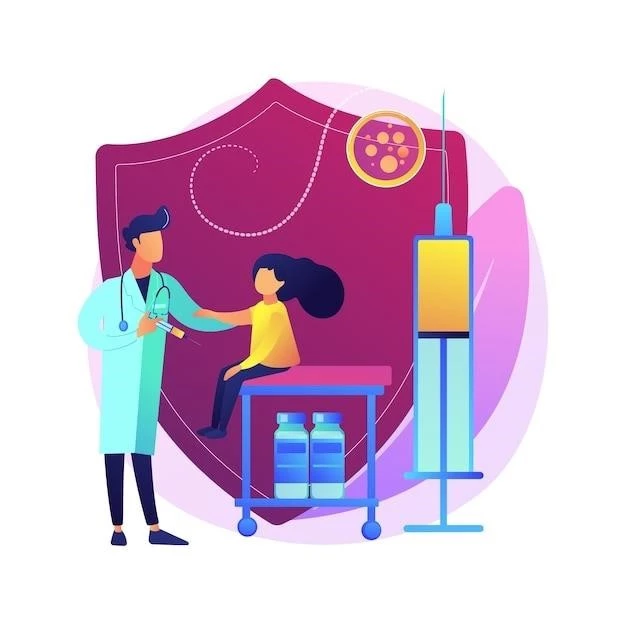Causes of Aplasia Cutis Congenita
Understanding the genetic and environmental factors contributing to this condition.
Genetic Causes
Genetic causes of Aplasia Cutis Congenita include mutations in various genes such as the APC, PORCN, and NOTCH2 genes. These mutations can disrupt normal skin development during the embryonic stage, leading to the manifestation of this rare congenital disorder.
Environmental Factors
Environmental factors contributing to Aplasia Cutis Congenita are less understood than genetic causes. Potential factors may include exposure to teratogenic substances during pregnancy, maternal illnesses, or certain medications. Further research is needed to elucidate the specific environmental influences on the development of this condition.
Treatment Options for Aplasia Cutis Congenita
Exploring both non-surgical and surgical interventions for managing this congenital condition.
Non-Surgical Treatments
Non-surgical treatment options for Aplasia Cutis Congenita may involve the use of wound dressings, antibiotics to prevent infection, and specialized skin care to promote healing. Additionally, moisturizers and gentle handling of the affected area are recommended to support healthy skin development.
Surgical Interventions
Surgical interventions for Aplasia Cutis Congenita may involve skin grafting techniques where healthy skin is transplanted to the affected area or tissue expansion procedures to stretch nearby skin for coverage. These procedures aim to improve the appearance and function of the affected skin, promoting optimal healing and long-term outcomes.

Aplasia Cutis Congenita Research Updates
Exploring the latest findings and potential future treatment approaches for this rare condition.
Current Research Findings
Recent research on Aplasia Cutis Congenita has focused on identifying novel genetic mutations that contribute to the condition, as well as exploring potential underlying mechanisms of skin development. Understanding these findings is crucial for the development of targeted therapies and improving outcomes for individuals affected by this rare congenital disorder.
Potential Future Treatment Approaches
Future treatment approaches for Aplasia Cutis Congenita may involve gene therapy to address specific genetic mutations, advancements in tissue engineering for skin regeneration, and personalized treatment strategies based on individual genetic profiles. These innovative approaches hold promise for enhancing treatment efficacy and long-term outcomes for individuals with this congenital skin condition.
Symptoms of Aplasia Cutis Congenita
Exploring the visible characteristics and associated medical complications of this congenital condition.
Visible Characteristics
The visible characteristics of Aplasia Cutis Congenita commonly include scalp defects, skin erosions, and missing areas of skin at birth. These physical indicators may vary in size and location, affecting the scalp, face, trunk, or limbs. Timely recognition and evaluation of these unique skin manifestations are essential for appropriate diagnosis and management of this rare congenital condition.
Associated Medical Complications
Individuals with Aplasia Cutis Congenita may be at risk for complications such as infection, scarring, and potential bleeding due to the exposed skin defects. Close monitoring for signs of infection, wound care management, and consultation with dermatologists and pediatric specialists are crucial to prevent and address any associated medical issues effectively. Early intervention can help minimize the impact of these complications and promote optimal healing outcomes.
Aplasia Cutis Congenita in Newborns
Examining the diagnosis and immediate care protocols for newborns with Aplasia Cutis Congenita.
Diagnosis and Screening
The diagnosis of Aplasia Cutis Congenita in newborns typically involves a thorough physical examination to assess the extent of skin defects. Imaging studies such as ultrasound may be used to evaluate underlying structures. Genetic testing can also aid in identifying associated syndromes or specific gene mutations. Early and accurate diagnosis is essential for initiating appropriate treatment and management strategies for infants born with this rare congenital condition.
Immediate Care Protocols
Immediate care protocols for newborns with Aplasia Cutis Congenita include meticulous wound care to prevent infection, protective measures to shield exposed skin areas, and coordination with healthcare providers to initiate appropriate treatment interventions. Close monitoring of the newborn’s skin condition, temperature regulation, and hydration are crucial aspects of the immediate care plan to optimize the infant’s well-being and promote skin healing.
Surgical Interventions for Aplasia Cutis Congenita
Exploring skin grafting techniques and tissue expansion procedures for managing this condition.
Skin Grafting Techniques
Skin grafting techniques involve transplanting healthy skin from one part of the body to the affected area in Aplasia Cutis Congenita patients. This procedure aims to promote wound healing, improve skin function, and enhance the cosmetic appearance of the affected site. Different types of skin grafts such as split-thickness or full-thickness grafts may be utilized based on the specific needs of the individual, ensuring optimal outcomes in skin reconstruction.
Tissue Expansion Procedures
Tissue expansion procedures involve stretching the surrounding healthy skin near the Aplasia Cutis Congenita defect using a silicone balloon-like device. Over time, this process encourages the growth of new skin tissue, which can then be used to cover the affected area more effectively. Tissue expansion techniques are valuable in cases where ample local tissue is unavailable for straightforward closure, offering a reconstructive solution with favorable aesthetic results.
Aplasia Cutis Congenita⁚ Genetic Factors
Unraveling the inherited genetic mutations and considerations for genetic counseling in families.
Inherited Genetic Mutations
The presence of inherited genetic mutations, such as those in the PORCN and APC genes, has been linked to Aplasia Cutis Congenita; Variations in these genes can disrupt normal skin development in affected individuals, leading to the manifestation of this rare congenital condition. Understanding these genetic mutations is essential for accurate diagnosis, prognosis, and potential targeted treatment strategies for individuals and families affected by Aplasia Cutis Congenita.
Genetic Counseling Considerations
Genetic counseling plays a crucial role in providing information to families about the genetic basis of Aplasia Cutis Congenita. Counselors can offer insight into the inheritance pattern, recurrence risks, and available testing options for family members. Supporting families in understanding the genetic factors associated with this condition empowers informed decision-making regarding family planning, prenatal testing, and potential preventive measures. Access to genetic counseling services can aid in navigating the complexities of genetic factors linked to Aplasia Cutis Congenita.
Living with Aplasia Cutis Congenita
Providing psychological support and practical tips for individuals and families navigating this condition.
Psychological Support for Individuals and Families
Psychological support for individuals and families living with Aplasia Cutis Congenita is paramount. Coping with the challenges of this congenital condition may require adjusting to physical differences and addressing emotional well-being. Counseling services, support groups, and access to mental health professionals can help individuals and families navigate the psychological impacts of the condition, promote self-esteem, and enhance overall quality of life.
Practical Tips for Daily Care and Well-Being
Ensuring daily care and well-being for individuals with Aplasia Cutis Congenita involves maintaining good skincare practices, protecting the affected areas from injury, and seeking regular medical evaluations to monitor skin health. Adequate hydration, sun protection, and gentle skin care routines are essential for promoting skin integrity and preventing complications. Additionally, fostering a supportive environment and following a holistic approach to health can contribute to the overall well-being and quality of life for individuals living with this condition.
